Friday, July 29, 2022
July 27/2022
Thursday, July 21, 2022
July 20/2022
Friday, July 15, 2022
July 13/2022
18 Bald Eagle Facts That Will Make You Soar With Joy!
Thursday, July 7, 2022
July 6/2022

Do Rabbits Make Good Pets?
"So you're thinking of including a new furry family member into your home, but you aren't sure whether or you want a rabbit? It's important to consider all the facts before you bring this pet into your life.
...Rabbits don't necessarily need as much care & attention as many other pets, but they do require daily activity, regular vet appointments, & a steady, healthy diet. Under no circumstances should rabbits be left outside after dark as they are the prime target of nocturnal predators such as cats, raccoons, possums, & coyotes...
How long do rabbits live as pets?
In the wild, rabbits generally only live a couple of years. With so many natural predators, it isn't surprising. As a pet, however, a healthy bunny will stick around somewhere between 7 & 12 years. Proper nutrition, secure housing, & thoughtful care will all contribute to how long your pet rabbit sticks around. If you are planning to house your rabbit outside, be aware that this simple act can cut your rabbit's lifespan in half. No matter how secure or predator proof your hutch, rabbits who spend the majority of their time outside are more prone to accidents, escaping, & becoming some wild animal or bird's snack...If you live in a climate that tends toward hot summers or cold winters, you will need to be prepared to move your long-eared friend into a climate controlled space that protects her from the elements.
How much space do rabbits need?
Even though rabbits themselves can be quite petite, they still require ample space to move around & exercise. According to the non-profit rabbit rescue & education organization, House Rabbit Rescue, when it comes to housing rabbits, 'the more space the better!' Their suggested enclosure guidelines are 8 square feet of house or hutch space, combined with approximately 24 square feet of running & exercise space for 1 to 2 rabbits.. Your rabbit needs to be able to lie down fully stretched out in his house, have a place to eat, to sleep & to poop. If you don't have enough room for a long enclosure, you can create a rabbit condo with ramps leading up to a second floor. This will give your rabbit an enjoyable way to get his daily steps, so to speak.
What kind of hutch or house is appropriate for a rabbit?
Unlike dogs & cats that have pads on the bottoms of their feet, rabbits should not live in a cage or enclosure with a wire floor. Your rabbit will need to have a hard floor or plastic slats to stand on. Otherwise, in order to spare her feet, she'll spend all of her time tucked into her litter area, which is definitely not the ideal.
What do rabbits eat?
Rabbits require a healthy diet of rabbit pellets, fresh hay, & leafy greens. Rabbits need to eat about half their weight in greens such as romaine, green leaf, or red leaf lettuces, kale, chard, carrot tops, dandelion greens, & even fresh herbs like basil, parsley, cilantro, & oregano.
While rabbits do enjoy fruits & veggies on the regular, they also require a daily dose of quality hay. Hay is the main staple of your rabbit's diet. This can be purchased at your local hay & feed store, or most pet stores. Store your hay in a dry, well-ventilated area to prevent it from going rotten. If it gets dirty, wet, or develops mold, discard it. Long loose strands of hay are generally preferred over compressed hay, pellets or chopped hay.
Vegetables like carrots, summer squash, broccoli, & celery, should be fed to your rabbit relatively infrequently. Fruits like bananas, watermelon, & blueberries can be considered treats & only fed to your rabbit a couple times a week.
What foods should rabbits avoid?
Just like humans, rabbits need to eat quite a lot of fresh green foods. But there are some fruits & veggies that should be avoided at all times such as starchy, sugary foods. Peas, grapes, beans, wheat, breads, oats, seeds, & corn are all foods rabbits should not eat. Too much sugar in a rabbit's diet can cause stomach upset & other digestive issues & needs to be avoided. Toxic foods for rabbits include plants that grow from bulbs such as onions or potato tops, tomato plants, or certain weeds like foxglove or nightshade...
What are rabbits’ personalities like?
Rabbits are social animals, & love company. However, they generally do not care to be cuddled. Even though these furry fluffballs look like stuffed animals, they prefer to hop around on their own. It is very uncommon for a rabbit to enjoy being held... Just as some dogs don't like to be held, rabbits like to have solid ground beneath their feet. This doesn't mean they don't like you or don't want to be near you. Try sitting on the ground & letting your rabbit come to you.
Most rabbits are naturally shy. Unlike dogs & cats who are predators & who have been domesticated for a lot longer, rabbits were primarily prey animals or bred for meat & fur. Rabbits are cautious, sensitive to stimulation & loud noises, & require patience & care...
Can rabbits be aggressive?
Some rabbits are aggressive. Often times the first time your rabbit lashes out, it is scary & surprising. Who would expect such a cute bunny could kick or bite so hard?
Most rabbit aggression is a result of a behavioral problem that needs to be addressed. A lot of aggressive behaviors stem from your rabbit feeling afraid. Be calm & patient, no sudden movements, & allow your rabbit some space to learn to trust that you will not hurt her.
Can you train a rabbit?
Yes, & training your rabbit is important. Whether you plan to litter train your rabbit or teach him to stop biting, patience is key. Rabbits are intelligent animals. They can understand cause & effect & will make associations. So, if you are planning to litter train your rabbit, or you want to be able to pet him without him biting, make sure that you create positive associations with the litter box or your hands...
Bonding with your rabbit
Bonding with any new pet takes time, & perhaps even more so with a rabbit. Since rabbits are shy & cautious by nature, it takes a while for them to warm up & trust their new humans. Be patient. Trust doesn't happen with rabbits overnight. Since rabbits are sensitive to changes in their environment, begin your relationship with consistency. Rabbits are quick to make associations, & if they see you as a safe person, they are more likely to bond with you. Learn your rabbit's body language & respect when he is ready to move to a new activity. If he is not enjoying being petted or wants to be left alone, leave him alone! If he is sleeping or eating, let him do those things without interruption. Let your rabbit come to you."
Reyna Abraham
cuteness.com
Cute Critter Pics:









.jpg)


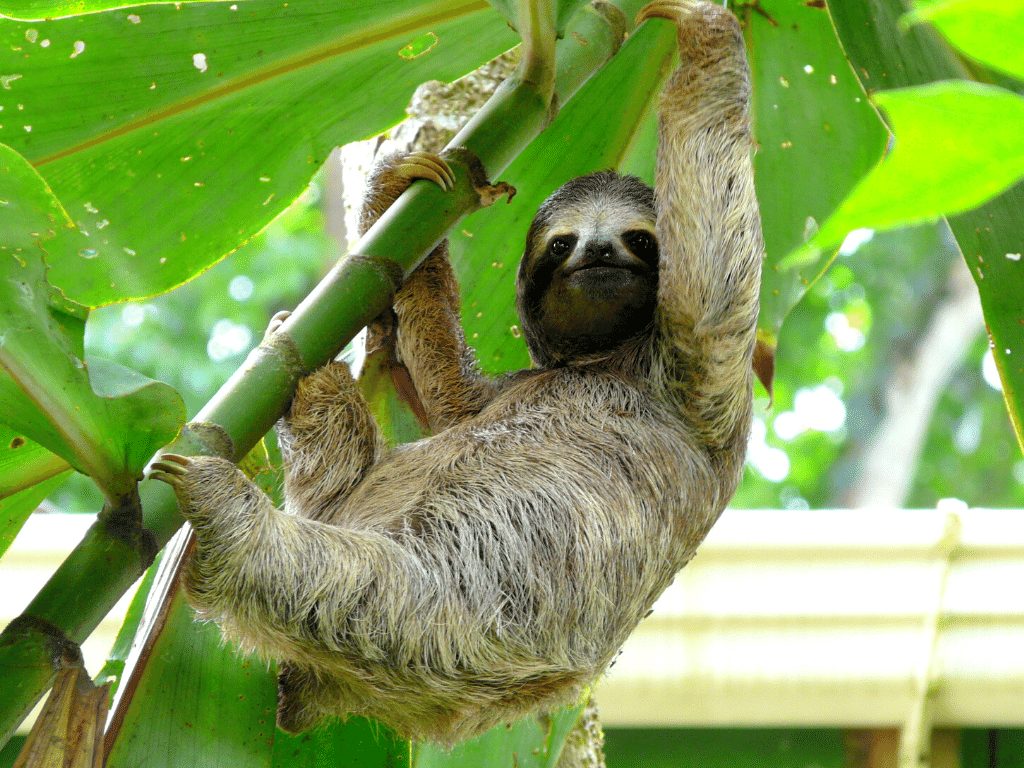
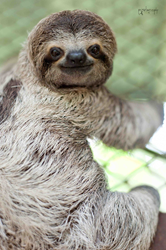

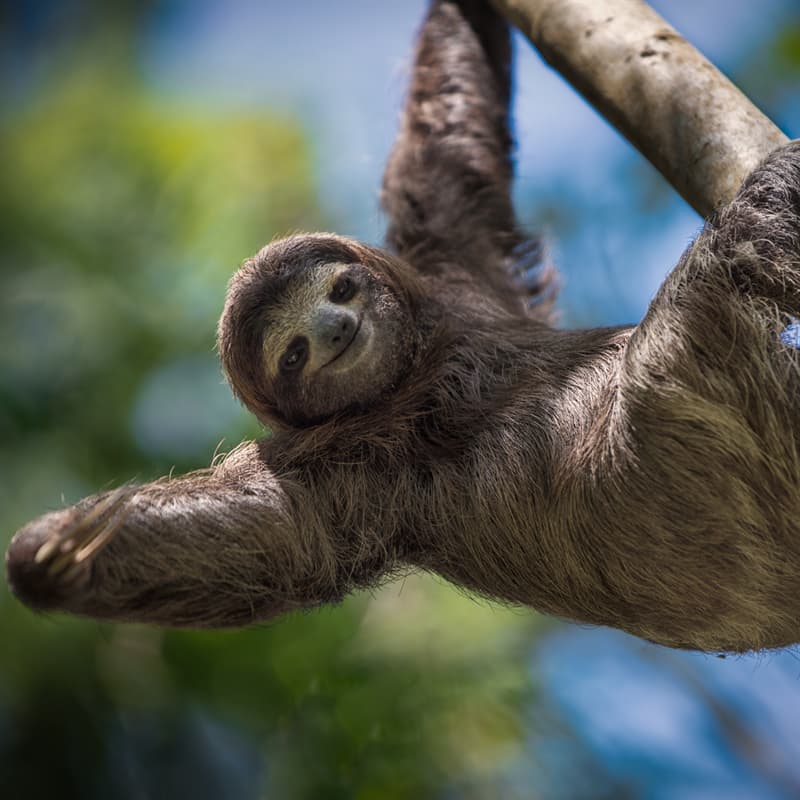
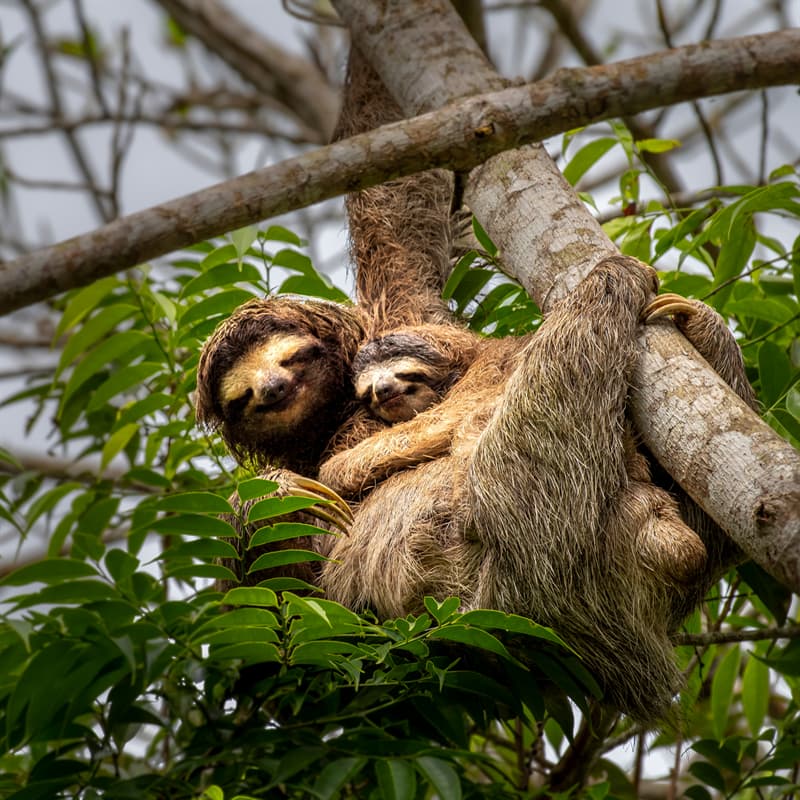





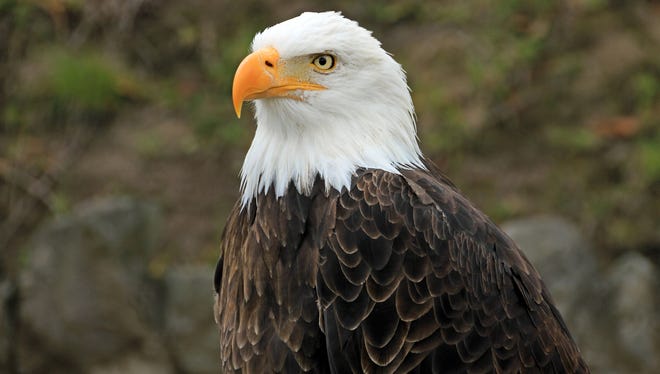
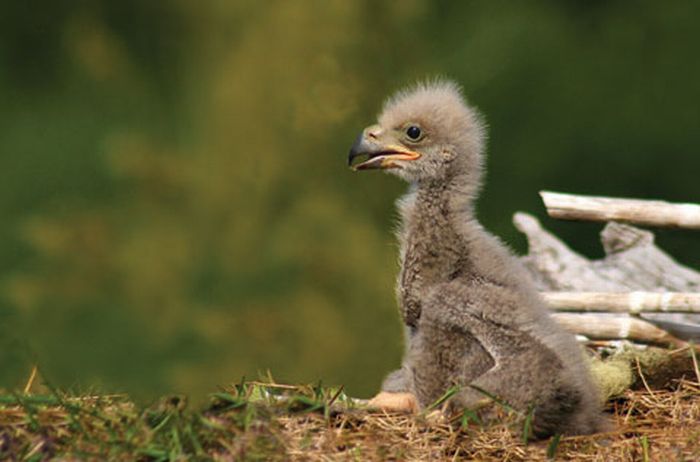




.jpg)



